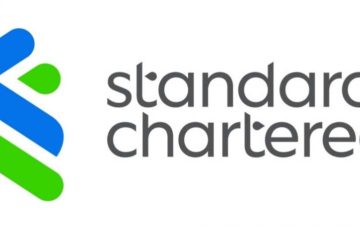The gross domestic product growth rate is likely to decline to 5.65 per cent in the current financial year, third year in a row, because of mismatch between the fiscal and the monetary policy, said local think-tank Unnayan Onneshan on Saturday.
In UO’s half-yearly economic assessment for the current financial year the research organisation said real rate of growth in GDP in the FY14 might decline to 5.65 per cent against the government’s revised target of 7.2 per cent, which was initially at 7.5 per cent.
‘In the FY11, the GDP growth rate was 6.71 per cent, which declined to 6.23 per cent in the FY12, and further fell to 6.03 per cent in the FY13,’ it said.
‘The major reasons of failing to achieve the targeted level of growth of the current financial year are the increased gap between savings-investment, mismatch between investment demand and growth of credit to the private sector, poor rate of ADP implementation, failure to achieve the targeted level of revenue, reduction in public spending in physical infrastructure and social sectors. These have been accompanied with political contestations,’ explained the think-tank.
The UO observed that several policy-induced macroeconomic challenges had severely restricted the maintenance of upward mobility of rate of growth in the recent financial years and the continuation of progress in different social sectors.
‘The measures proposed in the budget, coupled with a contractionary monetary policy and orthodox exchange-rate management agreed as part of a three-year programme between the government and the International Monetary Fund have led to slide in the rate of growth,’ it explained.
The think-tank pointed out that the lower collection of revenue was likely to reduce public investment, especially in infrastructure and social sectors, causing economic growth to decline. ‘To finance this increase in revenue expenditure, the government may have to go for further borrowing and thus trapping the country in a vicious circle of spiralling debt and deficit.’
During the first five months, the National Board of Revenue collected revenue of Tk 40,956 crore against the target of Tk 46,924.68 crore, a short of the target by Tk 5,970 crore and 88.59 per cent of its target, the UO said.
In the first quarter of the current financial year, supplementary and excise duty on import witnessed negative rate of growth at 5.66 per cent and 24.03 per cent respectively against the corresponding period of the last financial year, it said.
A lower rate of growth of 4.52 per cent and 16.63 per cent has been observed in custom duty and value added tax against the same period of the previous year, the UO said.
The research organisation projected that at the current rate of revenue realisation, the gap between targeted and actualised revenue might increase to Tk 8.18 billion, which was likely to reduce public expenditure in real and social sectors.
The allocation in the agriculture sector decreased by Tk 23.71 billion in the revised budget for the FY13, it said.
The disbursement of industrial term loan stood at Tk 8,880.79 crore in the first quarter of the current year, which is the lowest among the last five quarters, the think-tank said.
In the first quarter of the FY14, export and import, however, increased by 21.24 and 10.49 per cent respectively compared to the same period of the previous financial year, it said.
-With New Age input




















